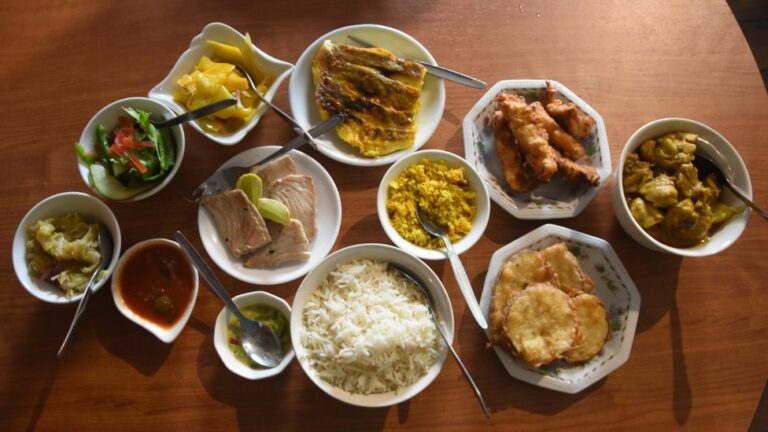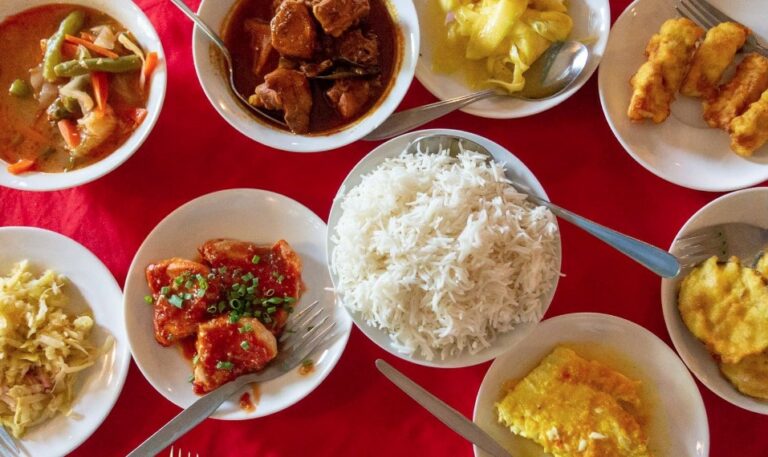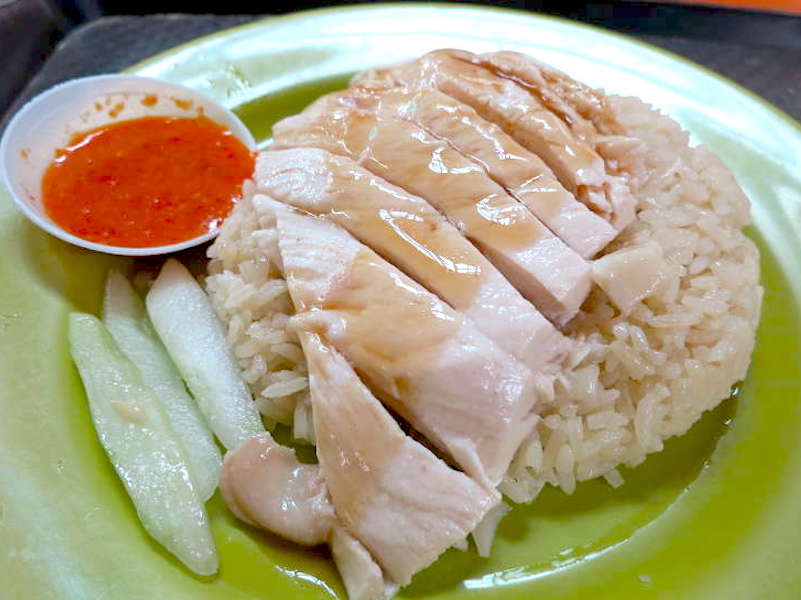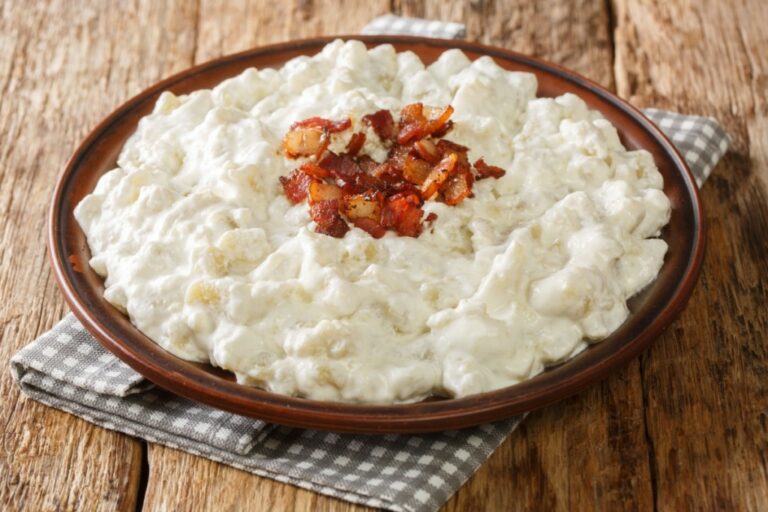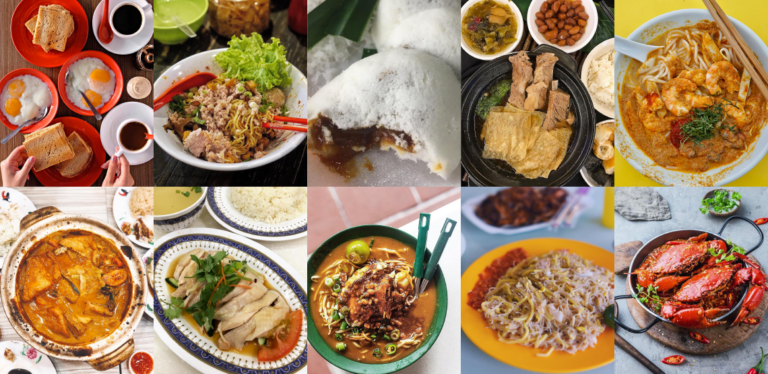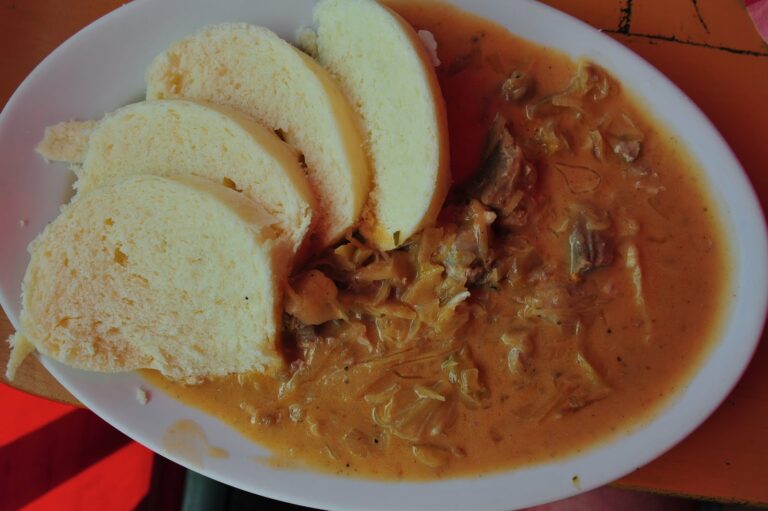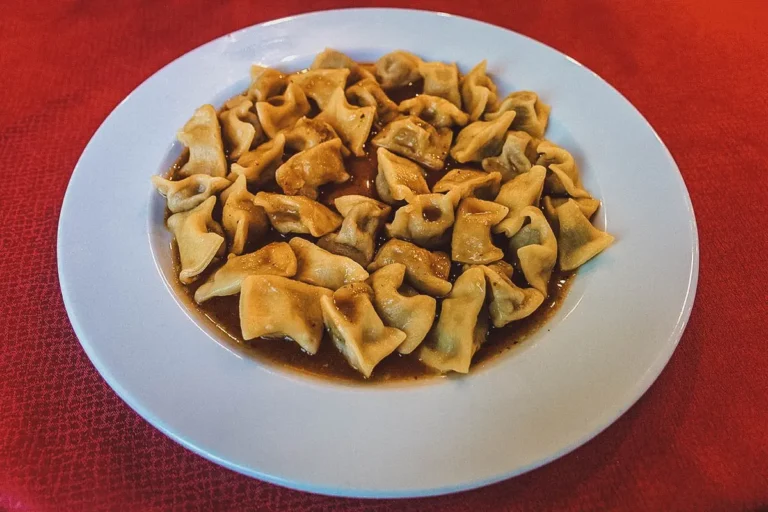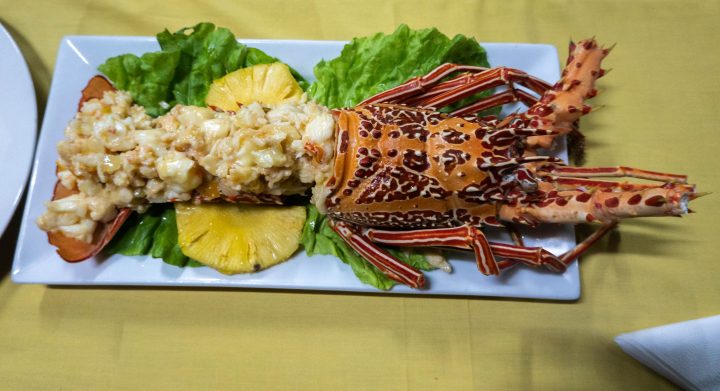Introduction: Breakfast in Seychelles
When visiting Seychelles, breakfast is a meal not to be missed. The island nation is renowned for its unique blend of cultures and this is reflected in the diverse breakfast options available. From tropical fruits to Seychellois fish and breadfruit, visitors are spoilt for choice.
Fresh and Fruity: Tropical Fruits for Breakfast
The abundance of tropical fruits in Seychelles makes it a must-try breakfast option. Local favorites include mango, pineapple, papaya, and passionfruit. These fruits are often served fresh and can be enjoyed in a variety of ways, such as in fruit salads or smoothies. Visitors can also indulge in the island’s famous coconut water, a refreshing way to beat Seychelles’ heat.
The Classic: Seychellois Fish and Breadfruit
A staple breakfast option in Seychelles is the Seychellois fish and breadfruit. The dish consists of grilled or fried fish, usually bonito, served with breadfruit, a starchy tropical fruit that is boiled or fried. The dish is often accompanied by a side of chutney or salsa, made with local spices and herbs. This breakfast option is not only delicious but also a great way to experience Seychellois culture and cuisine.
French Influence: Croissants and Coffee
Seychelles’ colonial history has greatly influenced its cuisine, and French cuisine has made its mark on the island’s breakfast options. Croissants, a French pastry, are a popular breakfast item in Seychelles and are often served with a cup of coffee. Visitors can enjoy a French-style breakfast with a Seychellois twist, made with locally sourced ingredients.
Indian Inspiration: Masala Omelette and Chai
The Indian community has also influenced Seychellois cuisine, and this can be seen in the breakfast options available. Masala omelettes, made with spices such as cumin, coriander, and turmeric, are a favorite breakfast option. The omelette is often accompanied by a cup of chai, a spiced tea that is a staple in Indian cuisine.
Healthy and Hearty: Granola and Yogurt Bowls
For those looking for a healthy breakfast option, granola and yogurt bowls are a popular choice in Seychelles. Made with locally sourced ingredients such as honey, fruit, and nuts, these bowls are not only delicious but also nutritious. Visitors can enjoy a filling breakfast that will keep them energized for the day’s adventures.
In conclusion, Seychelles offers a diverse range of breakfast options that are reflective of the island’s unique blend of cultures. Visitors can indulge in tropical fruits, Seychellois fish and breadfruit, French pastries, Indian-inspired dishes, and healthy granola and yogurt bowls. A breakfast in Seychelles is not just a meal, but an experience not to be missed.

